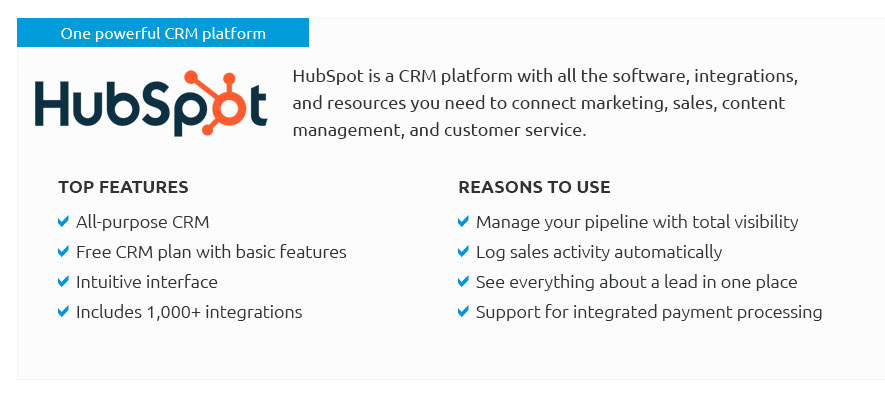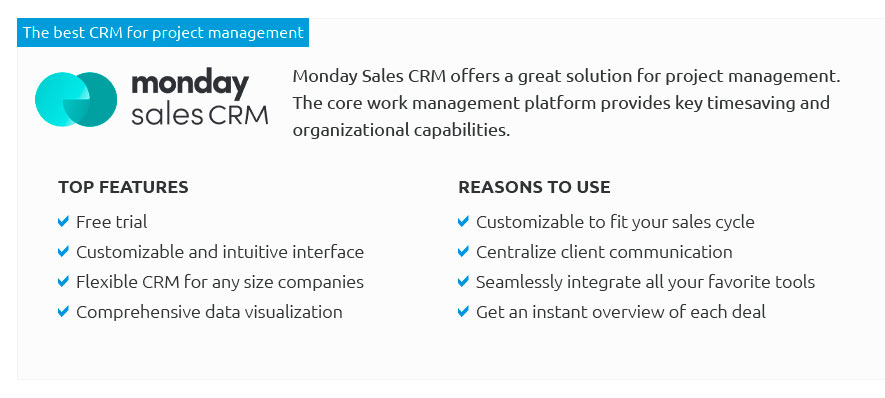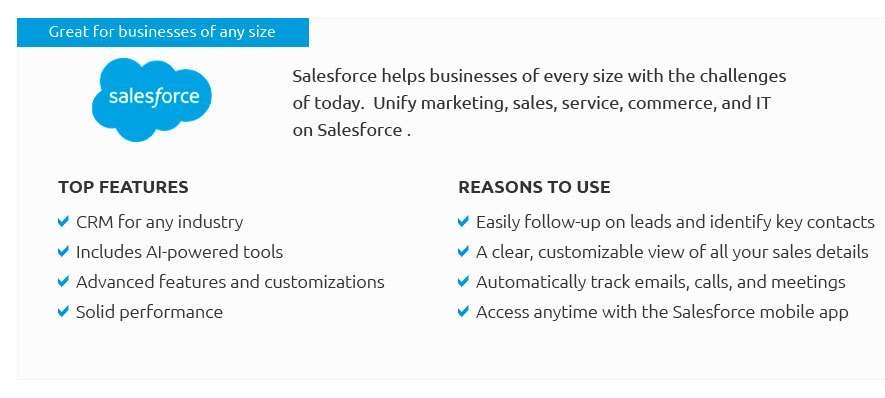 |
 |
 |
 |
 |
|
 |
|
 |
|
 |
|
 |
|
 |
|
 |
 |
How to Keep Track of Client InformationIn today's fast-paced business environment, keeping track of client information is more critical than ever. Maintaining an organized and efficient system not only helps in delivering exceptional service but also fosters strong client relationships. Here, we delve into some effective strategies for managing client data that are both practical and easy to implement. To begin with, choosing the right software is paramount. There is a plethora of Customer Relationship Management (CRM) tools available, each with its unique features tailored to different business needs. From simple spreadsheets to sophisticated software like Salesforce or HubSpot, selecting a platform that aligns with your business goals is crucial. A well-chosen CRM system offers a centralized database where all client information can be stored and accessed effortlessly. Consistency in data entry cannot be overstated. It's vital to establish a standardized process for inputting data to avoid discrepancies. This might involve setting guidelines for data fields such as contact details, purchase history, and preferences. Training your team on these protocols ensures uniformity and reduces the margin for error. Furthermore, regular data audits play a critical role in maintaining the integrity of your client information. Schedule periodic reviews to clean up duplicates, update outdated information, and verify the accuracy of data entries. This not only keeps your database reliable but also enhances the effectiveness of your marketing and communication efforts. Another key consideration is data security. Protecting client information should be a top priority, given the increasing risks of data breaches. Implementing robust security measures such as encryption, two-factor authentication, and regular backups can safeguard sensitive information against unauthorized access. Additionally, ensure compliance with data protection regulations such as GDPR or CCPA to avoid legal pitfalls and build trust with your clients. On a more practical note, categorizing your clients can significantly enhance your ability to manage information. By segmenting clients based on criteria like industry, location, or purchasing behavior, you can tailor your communication and marketing strategies to better meet their needs. This personalized approach not only improves client satisfaction but also boosts your chances of repeat business. It's also worthwhile to leverage automation where possible. Automation tools can streamline repetitive tasks such as sending follow-up emails, scheduling appointments, or generating reports. This not only saves time but also reduces the likelihood of human error, allowing your team to focus on more strategic activities that require a personal touch. Finally, don't overlook the importance of client feedback. Encouraging clients to provide feedback on your data management practices can offer valuable insights into areas for improvement. Whether it's through surveys, direct conversations, or feedback forms, understanding client perspectives can guide you in refining your systems and enhancing the overall client experience. In conclusion, while managing client information might seem daunting, adopting these strategies can simplify the process and yield significant benefits. By investing in the right tools, ensuring data accuracy and security, and tailoring your approach to meet client needs, you can not only keep track of your clients efficiently but also forge stronger, more trusting relationships that drive long-term success. https://www.forbes.com/councils/forbescoachescouncil/2020/03/13/15-tools-to-help-you-keep-track-of-your-growing-client-list/
1. Salesforce - 2. Acuity Scheduling - 3. ScheduleOnce - 4. The Coaches Console - 5. Basecamp - 6. Calendly - 7. monday.com - 8. Trello. https://www.youtube.com/watch?v=VvgYnEmEQ0M
This video shows you how to track clients on Excel using Google Sheets. Keep a ... information you need, like their phone number or email address ... https://www.reddit.com/r/sweatystartup/comments/jw6nyy/how_do_i_keep_track_of_my_customersclients/
Google sheets is the best solution right now if you're broke. Has all the basic functions of excel and is way easier to use across devices. Sit ...
|